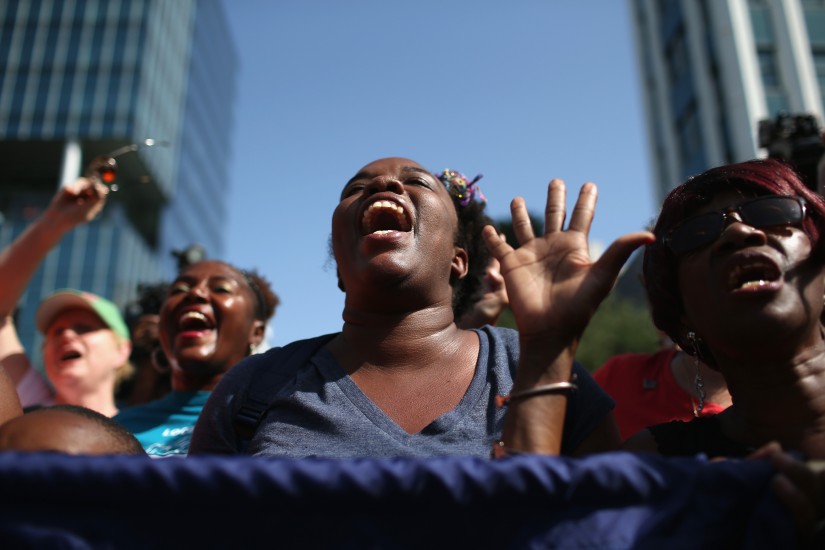As monuments to white supremacists, slavery-defenders, and Confederate leaders continue to be torn down by politicians or by the people’s force, the nation is again mired in a seemingly never-ending debate: how do we reckon with the memory of the Civil War? In his own proposal for a monument to Black Civil War soldiers in his 1887 book, A History of the Negro Troops in the War of the Rebellion, historian and Civil War veteran George Washington Williams argued that “the surest way to teach national history is monumental marble and brass.” Williams understood the power of monuments as not just a testament to the continued oppression of African Americans and their erasure from Civil War memory, but also as a possible corrective, a means to uplift the race and “surely and safely elevate the Negro to a proud place in the history of the nation.” Monuments are imposing; they are physical manifestations of ideologies and collective memory and until recently in the United States, considered permanent. Numerous historians and commentators in the aftermath of white supremacist violence in Charlottesville pointed to the origins and meanings of Confederate monuments and the damage they did in whitewashing Civil War history and the Confederacy’s goals. Yet, we cannot really comprehend this moment unless we also understand African American Civil War memory.
African Americans worked from the end of the war to this current moment to consistently affirm and interpret the Civil War’s meaning for them. Due to its power and influence, confronting the Lost Cause is a large part of this collective memory. The Lost Cause movement includes the historical memories, myths, commemorative events, and invented traditions of many white Southerners that first took shape after the end of the Civil War. The Lost Cause was as much about upholding white supremacy as it was about commemorating the white Southern Civil War experience. It is not incidental, for example, that the Keystone, a publication for Southern white clubwomen and members of the United Daughters of the Confederacy (UDC) published stories of Confederate heroism alongside dedications to “faithful slaves” and praise for books like Thomas Dixon’s The Clansman. White Civil War memory has long dominated conversations about how the war is remembered, even now when it involves anti-racist activism.
